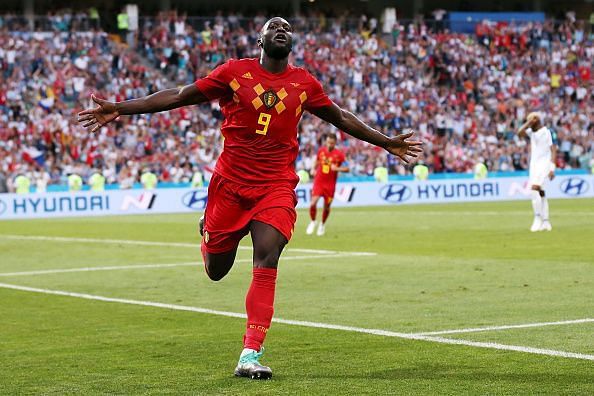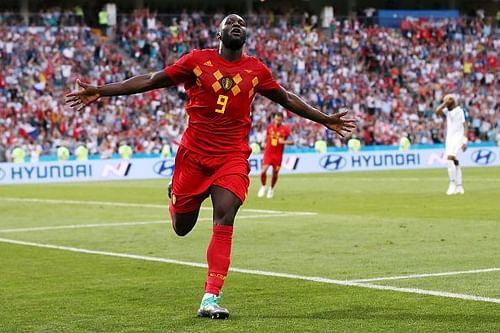
Top 5 formations used at the World Cup
The group stages of World Cup 2018 threw up a number of surprises.
Chief among these was Germany’s premature exit from the competition, the defending champions knocked out at the group stage for the first time in 80 years, having failed to impressed. But for every big failure, there was a tail of success, such as that of Japan’s progression to the knockout rounds, however controversially.
What there has not been, however, in Russia, is a significant tactical revolution. Teams are, by and large, sticking to tried and tested formations, although it is notable that there has been a move away from three-man defences, which have been used extensively at the top level over the course of the last campaign.
Over the course of the tournament, there has been a move away from using ‘false 9’, which the likes of France and Germany bringing back a target man for their second games.
With all this in mind, here are the five formations that have been most used so far in Russia – with some of those that may gain in importance thrown in.

3-4-3
Few teams have actually deployed a system using three men at the back at the World Cup yet, despite it being a system that has grown in popularity in the Champions League and at the top level in Europe over the course of the last couple of years.
However, it is worth noting that a couple of the favourites have – and it has had very different effects for them.
Belgium have favoured a variant on this formation, playing with Dries Mertens and Eden Hazard sitting in behind Romelu Luaku and using it as a dynamic, attacking formation, from which they have successfully managed to get the best from the myriad of attacking players they have at their disposal. They might not have faced a serious test yet, but their opening couple of matches have, at least, been promising.
On the flip side of the coin, however, is Argentine. They went with a 3-4-3 formation in their ill-fated group match against Croatia, in which they suffered a stunning 3-0 defeat that meant they faced a serious challenge to qualify for the latter stages of the event.
It is a formation that may be used as an alternative system for several sides, too. Uruguay went with a three-man defence in their final group match against Russia in order to combat the strength of the home side down the flanks and allow them to play in a more vertical fashion, with fewer needless passes in the midfield. They may revert back to 4-4-2 in the knockout rounds, however.
Already it has proven a useful system to have up your sleeve – if implemented effectively.